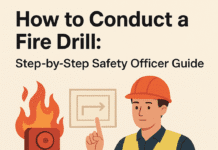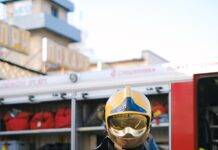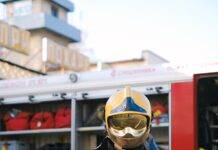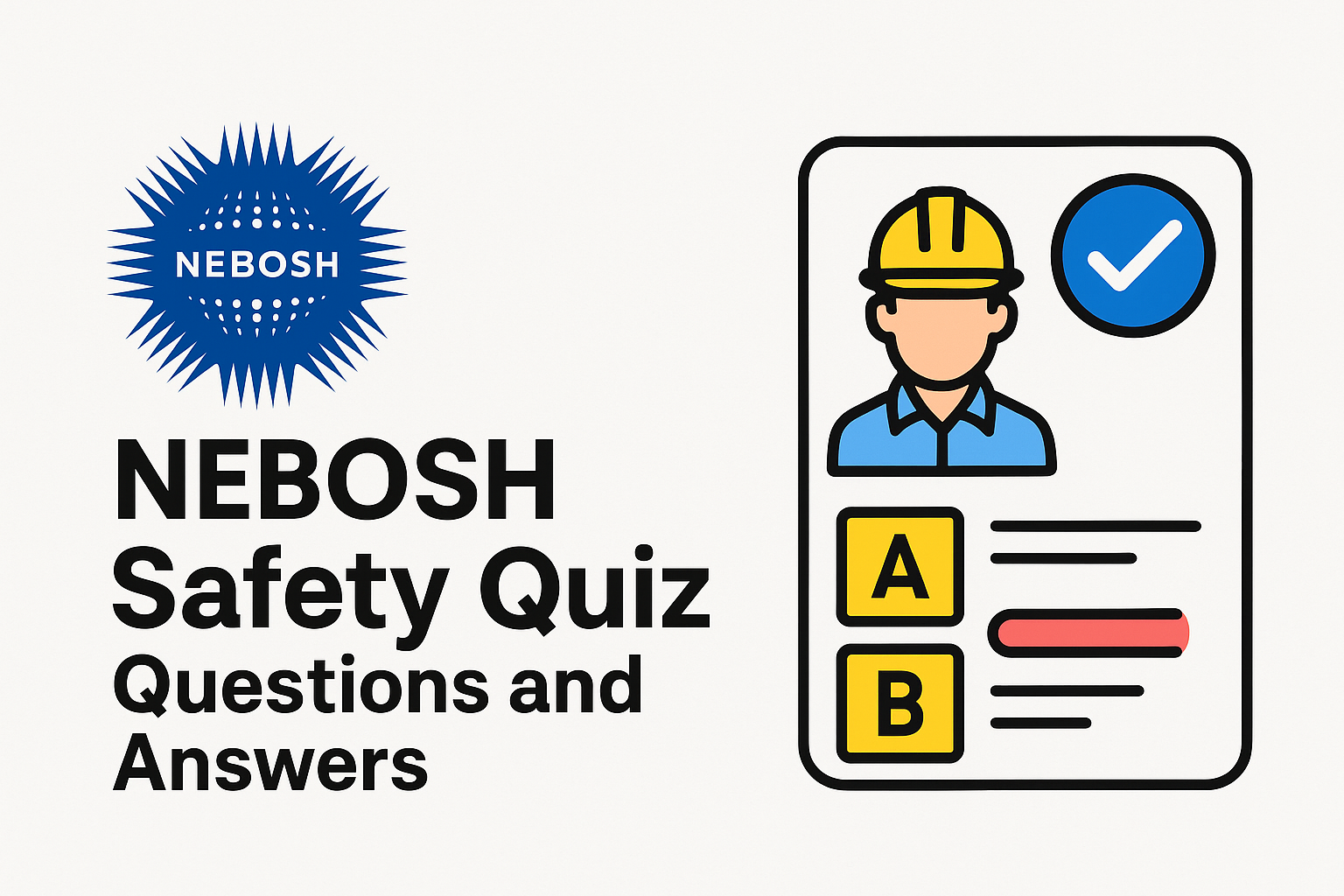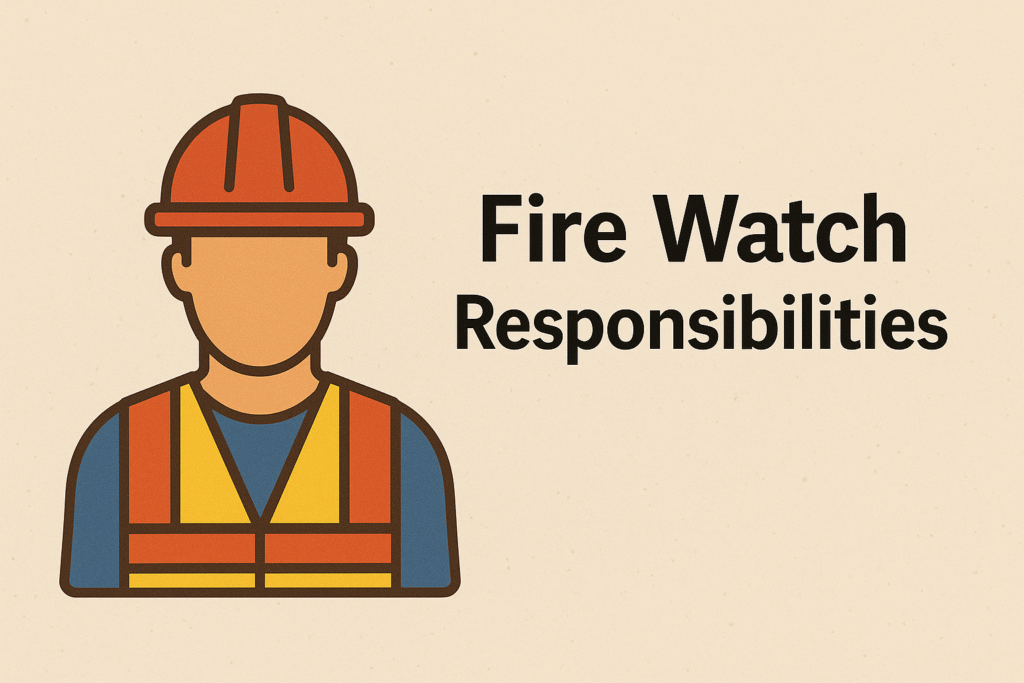
Fire Watch Responsibilities
A fire can break out in the blink of an eye — and when it does, the first few moments are everything. That’s where the Fire Watch comes in. It’s not just a fancy term; it’s a crucial, front-line defense against potential fire disasters, especially during hot work or equipment downtime. Think of fire watch personnel as human smoke detectors — always alert, always ready.
Legal and Regulatory Background
OSHA Requirements for Fire Watch
The Occupational Safety and Health Administration (OSHA) mandates fire watch personnel during hot work and when fire systems are impaired. According to 29 CFR 1910.252, employers must assign a fire watch when:
- Combustible materials are present.
- The work is in a location where a fire could spread unnoticed.
NFPA Guidelines and Standards
The National Fire Protection Association (NFPA) also emphasizes fire watch roles in their codes, especially in NFPA 51B, covering welding and cutting safety. Fire watch must continue for at least 30 minutes after hot work is complete.
When is a Fire Watch Required?
Hot Work Operations
Welding, cutting, brazing — any hot work that produces sparks or open flames demands a fire watch.
Alarm System Malfunctions
If a building’s fire alarm or sprinkler system is down for maintenance or repair, a fire watch becomes mandatory.
High-Risk Activities or Fire Hazards
Any activity near flammable materials or in confined spaces with poor visibility should have a fire watch.
Core Duties and Responsibilities
Constant Vigilance and Surveillance
Fire watch personnel must never leave their assigned area. Their eyes must constantly scan for smoke, heat, or unusual activity.
Communication with Emergency Services
They should be trained to raise the alarm and contact emergency services immediately.
Ensuring Clear Access to Fire Equipment
Fire extinguishers, fire exits, and hoses must always be unobstructed.
Maintaining Fire Watch Logs
A detailed logbook noting start/end times, observations, and any incidents is vital for both safety and liability.
Fire Watch During Hot Work
Pre-Work Checklist
- Remove combustibles.
- Test fire alarms.
- Keep extinguishers ready.
Monitoring Work Area
Stay alert throughout the work process. Check overheads, behind walls, and under floors.
Post-Work Observation Period
Fire watch doesn’t end when the job is done. A 30-minute cooldown period is essential.
Equipment a Fire Watch Must Carry
Personal Protective Equipment (PPE)
Including fire-resistant clothing, gloves, helmets, and eye protection.
Fire Extinguishers
Know how to use them. Know which type suits what fire.
Communication Devices
Radios or mobile phones must be fully charged and accessible.
Flashlight and Whistle
Useful in dark areas or during power failure to signal others.
Fire Watch in Different Industries
Construction Sites
Open flames and temporary power sources make these high-risk zones.
Oil and Gas Facilities
Flammable vapors and pressurized systems demand the highest vigilance.
Marine Vessels
Confined spaces and fuel systems require strict fire watch procedures.
Manufacturing Plants
Hot machinery and electrical panels mean constant fire risk.
Required Skills and Training
Fire Safety Awareness
Know the basics of fire triangle, fire classes, and extinguisher types.
Emergency Response Training
Be ready to act fast — seconds count.
Situational Judgment
Every second on the job demands alertness and fast decision-making.
What Fire Watch is NOT
Not a Passive Role
Sitting on your phone while on fire watch? That’s a fire hazard in itself.
Not a Substitute for Fire Prevention
Prevention is still step one. Fire watch is the backup.
Challenges Faced by Fire Watch Personnel
Environmental Hazards
Rain, heat, noise — fire watches often work in tough conditions.
Fatigue and Complacency
Long hours and “nothing happened yesterday” attitude can dull senses. Stay sharp!
Fire Watch Log – How to Maintain It Properly
What to Record
- Name and signature of fire watch
- Time of duty
- Location and scope
- Observations
Tips for Being an Effective Fire Watch
Stay Alert
Scan continuously. Use all your senses.
Know the Layout
Know where extinguishers, exits, and shutoffs are.
Don’t Leave Your Post
Even for a second. No exceptions.
What to Do in Case of a Fire
Immediate Actions to Take
- Activate the nearest alarm
- Use extinguisher if safe
- Evacuate if needed
Notifying Others and Evacuation Support
Assist others calmly. Know your emergency plan inside-out.
Fire Watch and Insurance Compliance
Documentation Requirements
Insurers may demand logs, checklists, and proof of active monitoring.
Fire Watch and Risk Assessments
It’s a preventive control that directly reduces risk scores.
Conclusion
Being a fire watch isn’t just a routine assignment — it’s a serious responsibility. You’re the eyes and ears that prevent flames from spreading, lives from being lost, and disasters from spiraling out of control. If you take the role seriously, you might just be the silent hero of the workplace.
How to Conduct a Fire Drill: Step-by-Step Safety Officer Guide
National Fire Service Day 2025: History, Significance, and Key Facts
Emergency Preparedness: Fire Safety, Evacuation Plans, and First Aid
Fire Prevention vs Fire Suppression: What’s More Important?
Fire Safety Interview: 50 Questions and Sample Answers
FAQs
1. How long should a fire watch remain after hot work?
At least 30 minutes, as per OSHA and NFPA standards.
2. Can anyone be assigned as fire watch?
No. They must be trained and familiar with fire hazards and response.
3. Is fire watch required 24/7 during fire alarm downtime?
Yes, if the fire alarm system is impaired, a fire watch must cover all hours.
4. What should I do if I see a fire during watch?
Raise the alarm, call emergency services, and evacuate if necessary.
5. Is keeping a logbook really necessary?
Absolutely. It’s essential for documentation, insurance, and safety audits.


